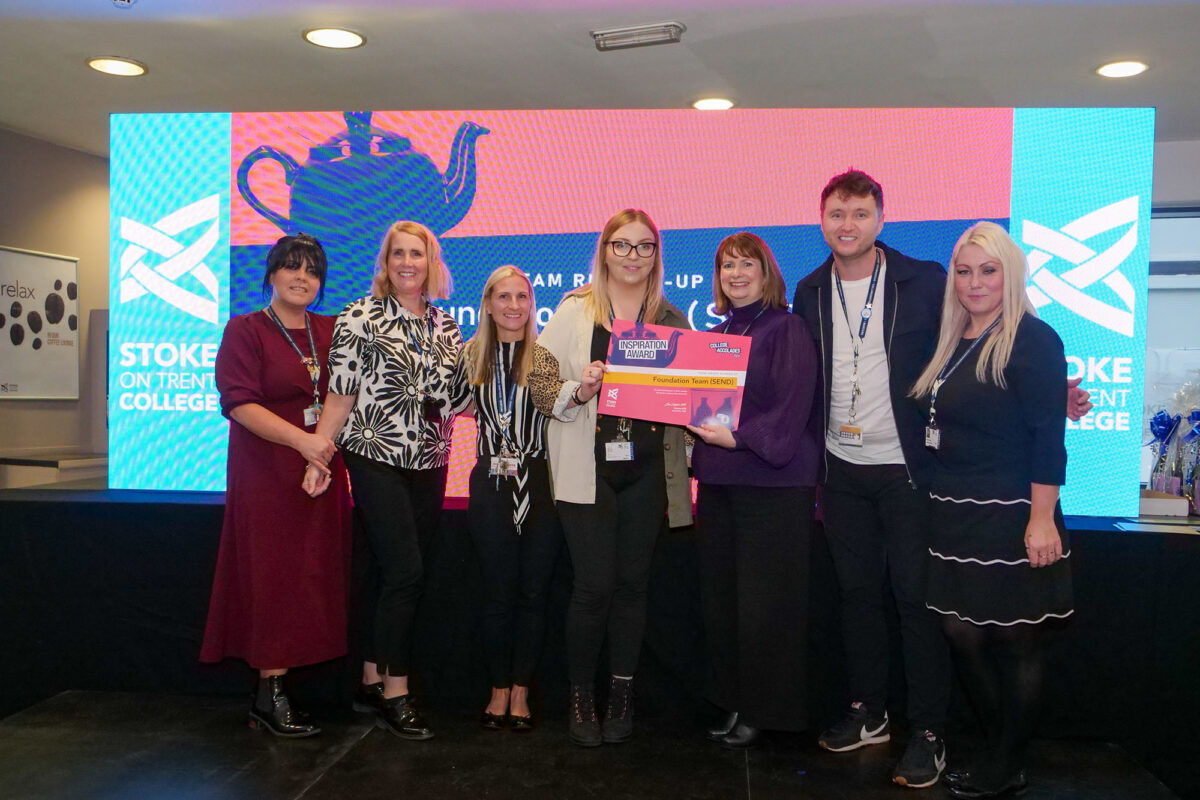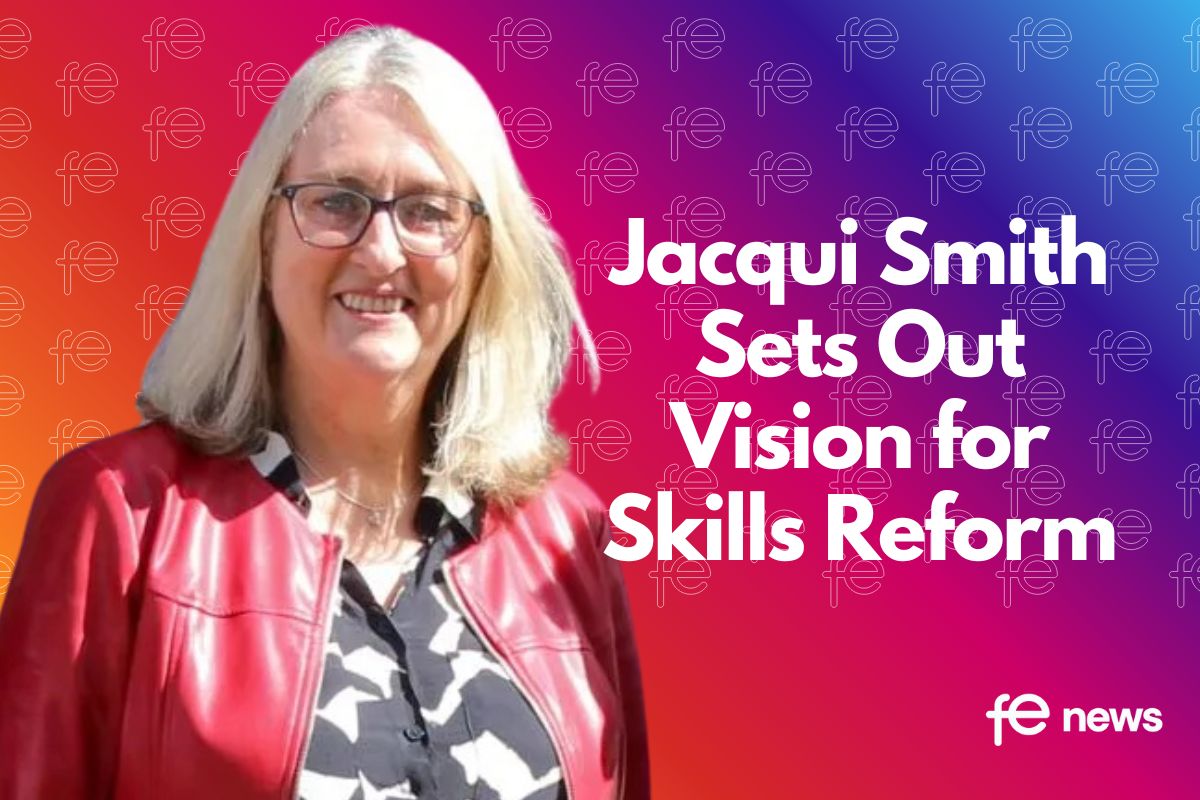Education Revolution: How Education institutions can stay relevant, competitive and diverse by embracing digital

This is one of the most exciting times to be in education, as widespread and deep foundational changes plot a new path forward for learners and their learning providers.
Drew Castle, Senior Strategist at design and technology agency Rufus Leonard, explores some of the drivers of change and how digital can be leveraged to help learning providers stay relevant, competitive, and diverse:
Learner behaviours, priorities and expectations have shifted drastically, with COVID accelerating the pace of change. From supportive home-schooling toolkits, to flipped learning in secondary schools and digital-first disruptors in higher education, digital is underpinning and enhancing educational experiences across the lifelong learning journey and has become a basic expectation. And with a different type of provider to cater to every need, a purely physical learning experience – with a large sum investment, long periods of study and a traditional qualification – is no longer the only option.
Differentiating from the rest of the competition requires evaluation of the specific and unique value you can provide and installing the right technology infrastructure to deliver to expectations.
To start this digital transformation, we recommend taking four initial steps:
1. Conduct audience research with existing and potential learners to understand their most important needs and the opportunities for you as a provider.
A research programme will uncover the important insight your company requires to understand the deep, underlying needs of your audience(s) as well as their expectations of you as a brand and a product/service. The best of these has a variety of research methods and several different outputs, all with a well-defined research purpose and expected outcome.
Start by defining why the research programme is important and understand what you’d like to get out of it; this will help guide the specific approach. Then, start to plan and create your research. For identifying audience needs and expectations, a mixed methods approach will work best, combining the strengths of quantitative methods like surveys – to create statistically significant insights – with qualitative methods like focus groups, which uncover deep and honest truths.
To gain a full understanding, aim to do this with your current and target learners – both those who fit your usual ‘type’ and those you don’t normally attract.
2. Review your brand and its current standing against new and traditional competition.
An audit is the best way to collect a full and complete review of your brand, highlighting its current execution across all channels and touchpoints.
To gain the most useful and impactful insight from these audits, it helps to have a ‘fresh set of eyes’, or someone who is not involved in the day-to-day management of the brand. Traditionally an external agency is best placed to provide this, however it’s equally important to have an ongoing internal auditing process, so you always have a view of your brand (and competitors’) which enables you to adapt over time, based on relevant and important insight.
This process should have a range of disciplines/departments involved, not just the brand team, to create an unbiased and impartial view when your brand feels stagnant, if you’re falling behind competitors/new competition, or when a major market change requires a response.
3. Review your current digital experience along the full user journey, plus analyse and learn from the world’s most successful digital learning providers.
By understanding the current state of your brand and audiences, you can gauge how your digital experience meets expectations. Again, an audit is the best method here and should encompass all channels and touchpoints.
Next, create a strategy for how to improve your digital experience to better meet customer needs. Do also evaluate the digital experience of leading learning institutions, particularly those who are digital-first or digital-only. Look to online MBA providers Quantic, or digital learning platform Udemy, as well as traditional institutions who have started delivering innovative, non-traditional offers.
Combining the understanding of your current digital experience, and the factors that make competitors’ digital experiences market-leading, will give you a solid foundation to plan future improvements. The most important thing to do next is define a digital experience vision which guides everything you do, from investment decisions to specific design of your digital experiences.
This vision should outline the true value your brand provides, along with your experience ambitions. The key to unlocking this is a connected viewpoint of your company across brand, experience, technology, and business. Only by understanding the complementary (and potentially contrasting) priorities across these four major areas can you start to narrow down your company’s path forward.
4. Review, rationalise and plan upgrades to your technology infrastructure to deliver high-quality, user-centred experiences.
We recommend a ‘test and learn’ approach using prototypes and experiments. You could develop lo-fi prototypes, built with existing, free, open-source technologies, or high-fidelity prototypes – built with your own proprietary technologies as an early version of your desired release and testable with your audiences.
You should only build prototypes when there is a clear strategy, an investment and business case, and buy-in from the relevant people within your organisation. To get to that point, experiments are a useful way to investigate the small ‘chunks’ that would combine to create the fuller prototype. We think of experiments as less formal but equally useful attempts to create solutions to the problems, challenges and opportunities which arise in the insight gathering conducted in the first three steps.
As the sector continues to transition in response to changing learner behaviour and industry disruptors, learning providers should act now to ensure they’re not left behind. This process won’t happen overnight, and it requires investment in time, budget and resource; but the opportunities are incredibly exciting.











Responses